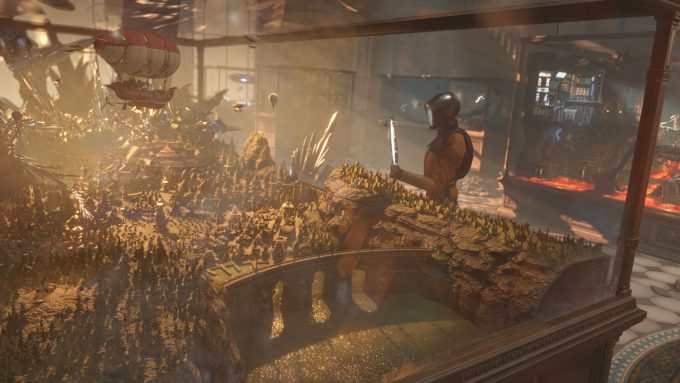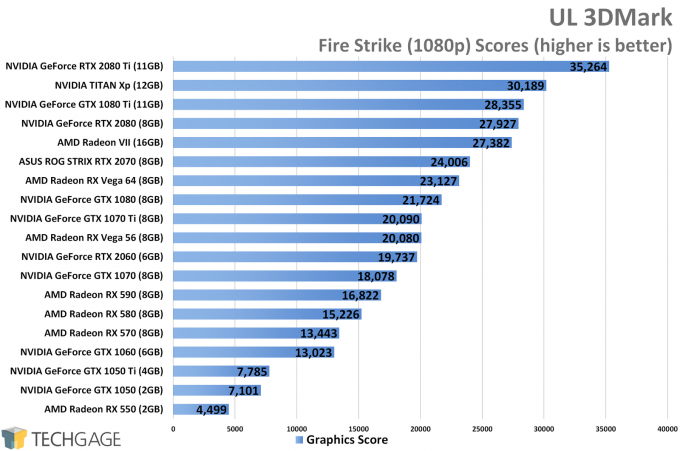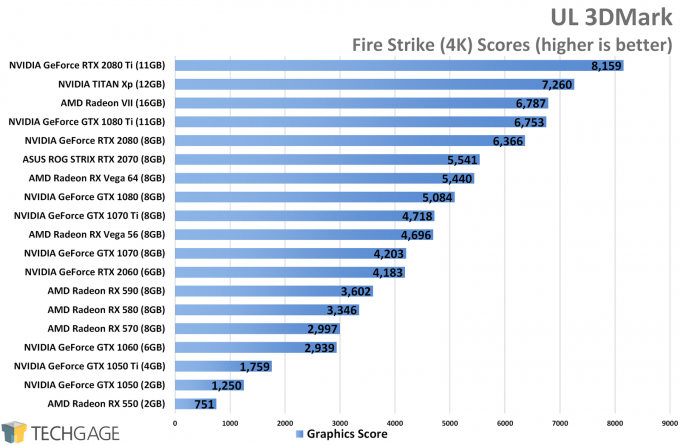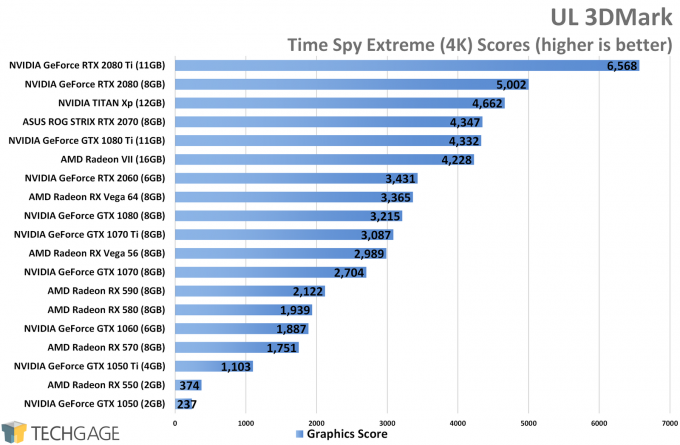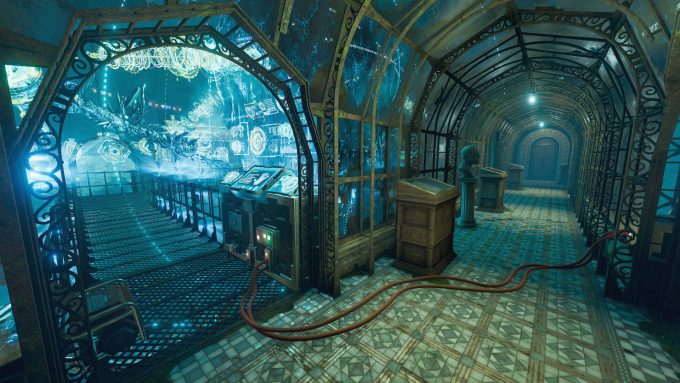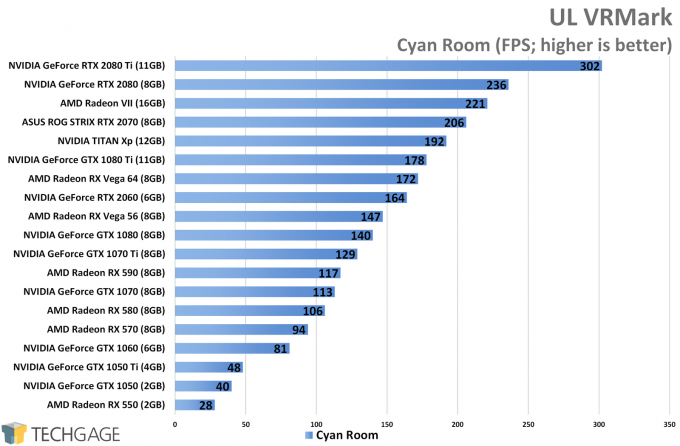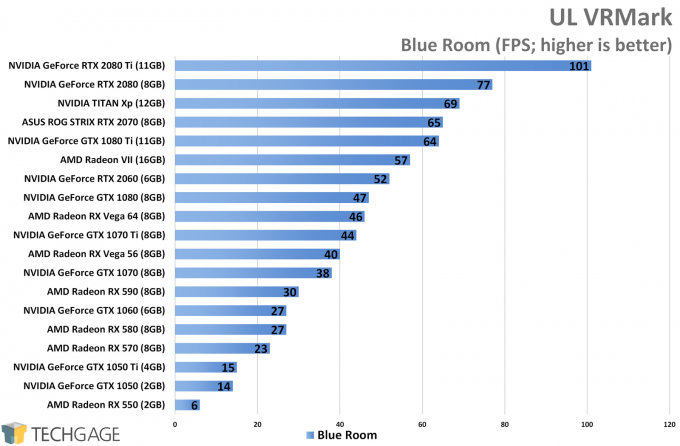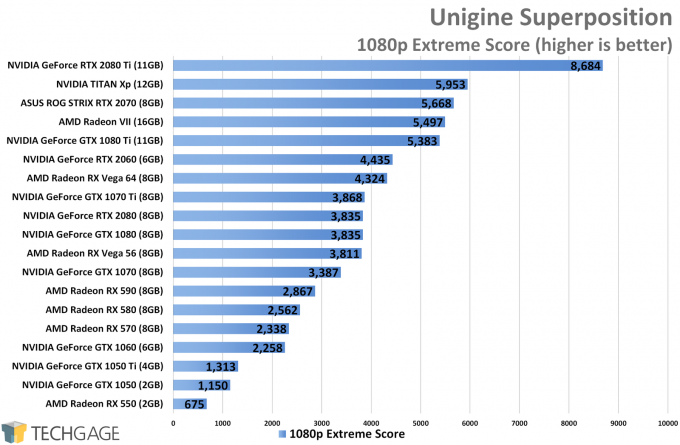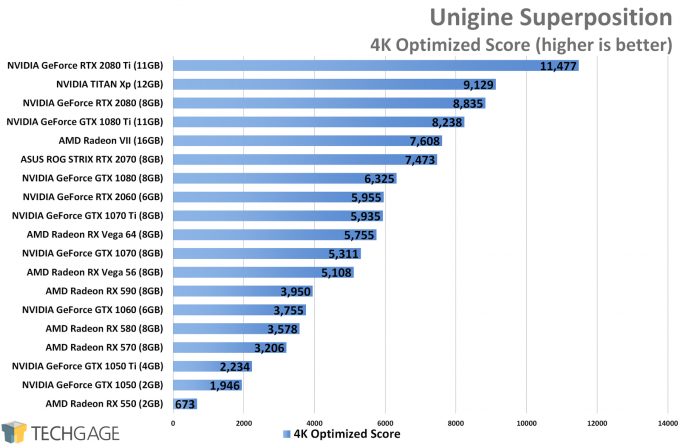- Qualcomm Launches Snapdragon 4 Gen 2 Mobile Platform
- AMD Launches Ryzen PRO 7000 Series Mobile & Desktop Platform
- Intel Launches Sleek Single-Slot Arc Pro A60 Workstation Graphics Card
- NVIDIA Announces Latest Ada Lovelace Additions: GeForce RTX 4060 Ti & RTX 4060
- Maxon Redshift With AMD Radeon GPU Rendering Support Now Available
AMD Radeon VII 1440p, 4K & Ultrawide Gaming Performance

AMD’s competition has launched four current-gen GPUs since the fall, so its fans have understandably been anxious for a follow up to 2017’s RX Vega. With the new Radeon VII, AMD is responding. It’s the “world’s first 7nm gaming” GPU, and with 16GB of VRAM, it’s one that’s built for high detail at high resolution.
Page 4 – Synthetic: 3DMark, VRMark & Superposition
UL 3DMark
NVIDIA’s 2080 beats out AMD’s Radeon VII in the 1080p Fire Strike test, but the VII redeems itself at 4K, pressing 400 points ahead of the 2080. With the DX12-bound Time Spy, also at 4K, NVIDIA leaps to the top of the charts, sitting only behind the 2080 Ti. Somehow, NVIDIA’s RTX absolutely dominates Time Spy, evidenced also by comparing the RTX 2060 to the Vega 64 and GTX 1080.
UL VRMark
In Time Spy, NVIDIA’s strong DX12 performance (in that particular test) pushed the RTX 2080 far ahead of the VII, and we see the same thing happen here, in VRMark. With the Cyan room, which is also DX12, the VII sits just a bit behind the 2080. With the Blue room, which represents future VR workloads, the VII falls much further behind, looking at the 1080 Ti’s back.
Unigine Superposition
To wrap up our performance testing, Superposition actually weighs the RTX 2070 higher than the Radeon VII at 1080p (with Extreme settings), but at 4K (with Optimized settings), those roles are reversed. It’s hard to gauge how important a test like this is in comparison to actual gaming, but it’s good to see the VII comfortably outperform the Vega 64 in every possible case.
Support our efforts! With ad revenue at an all-time low for written websites, we're relying more than ever on reader support to help us continue putting so much effort into this type of content. You can support us by becoming a Patron, or by using our Amazon shopping affiliate links listed through our articles. Thanks for your support!




